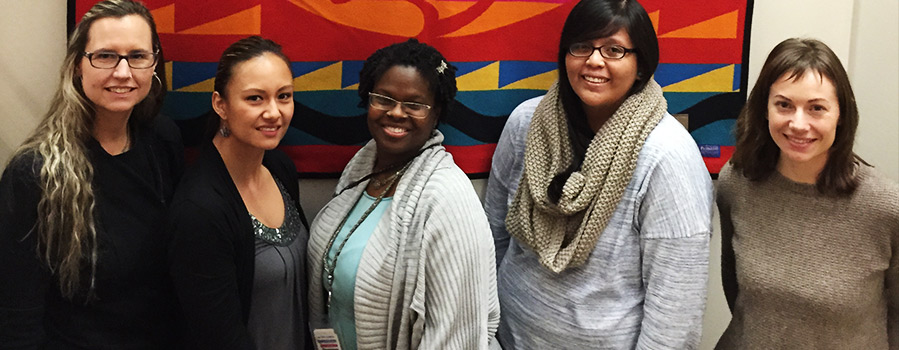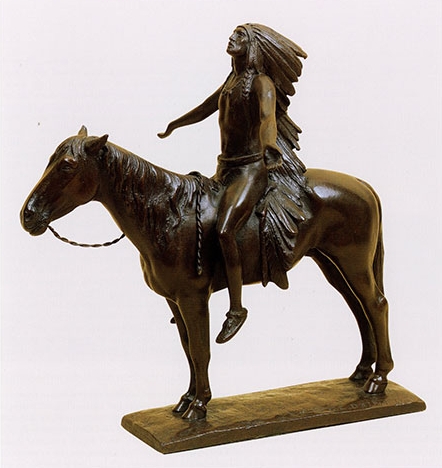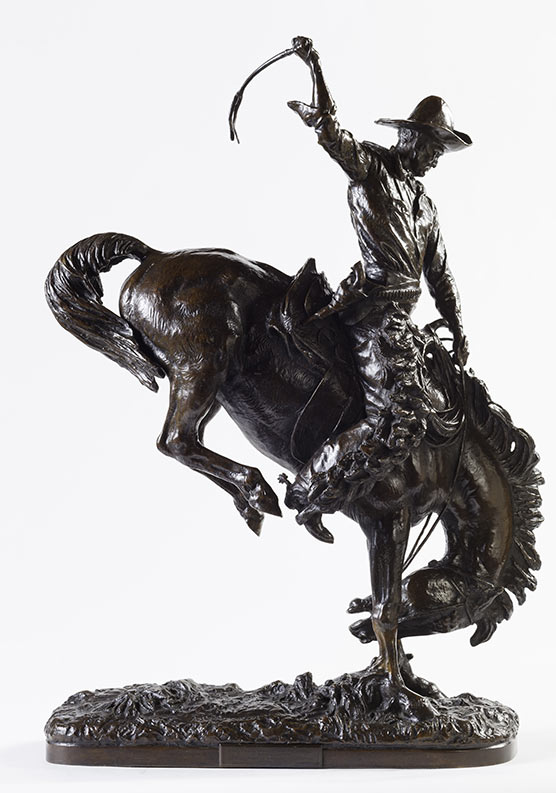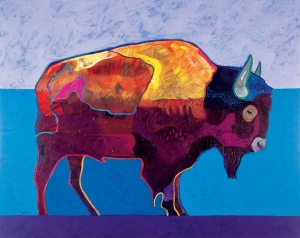
This group interview was conducted with five mental health professionals from Cowlitz Tribal Health Seattle. The Native and non-Native therapists serve Native American clients, with a focus on youth, representing over 30 tribal affiliations. The goal of the Cowlitz Tribal Health Clinic is to provide a holistic approach to health care that promotes disease prevention, treatment, and education.
Aimee Gone
Therapist | MSW, LICSW-A | Fort Peck Sioux, Yakama, Blackfeet
Aimee was raised on the Yakama Reservation in Washington. She is Fort Peck Sioux, Blackfeet, and Yakama. Aimee integrates traditional cultural teachings into her social work practice.
Marissa Moore
Therapist | MA, LMHC-A
Marissa studied counseling at Antioch University in Seattle. Her personal interests include art, writing, yoga, spiritual studies, and holistic health.
Tracy Stewart
Therapist | MA, MEd, LMHCA, CDP-T
Tracy began community work as a teacher and school counselor. She now provides psychological treatment for children, adolescents, families, and adults.
Karen Lizzy
Therapist and Chemical Dependency Counselor | MA, LMHC-A, CDP | Ojibwe
Karen is Ojibwe from the Bay Mills Indian Community in the upper peninsula of Michigan. She is a co-occuring clinician who specializes in working with people with both addiction and mental health issues.
Lynsey Parrish
Therapist| MSW, LICSW-A | Northern Cheyenne, Crow, Turtle Mountain Chippewa
Lynsey was raised on the Northern Cheyenne reservation, learning and living with traditional and non-traditional customs.
What are your thoughts on the portrayals of Native Americans in western American art?
 Tracy: One thing that I immediately question about western American art is the accuracy, and also the namelessness and facelessness of it. Who were these people, what were their accomplishments, and are you mixing and matching different peoples’ clothing and ceremonies?
Tracy: One thing that I immediately question about western American art is the accuracy, and also the namelessness and facelessness of it. Who were these people, what were their accomplishments, and are you mixing and matching different peoples’ clothing and ceremonies?
Lynsey: The portrayals of Native Americans generally are a fantasy. Always in their regalia, always in their war paint, always on horses, and not necessarily in their daily lives. All that goes into dramatizing what Native Americans looked like. Being accurate in who each person was, each individual person, and each tribe, I think that has been missed in some of this art.
Karen: When I was at the Seattle Art Museum I saw this iconic image of a cowboy: his rope is in motion, the horse is rearing up, and he is about to take off. Then there is the image of the Native: he is very relaxed and peaceful, he has a gaze that is looking at nothing, and everything is romanticized. What is interesting is if you took the cowboy and placed him in the Indian scene, and you took the Native and placed him in the cowboy scene. The cowboy would just be a boy watching cows; there wouldn’t be anything sexy about that. The Native rearing up with rope in hand becomes the savage.
When I imagine the images flipped I think about what scares people, or what is more truthful? Native in motion may be more truthful, but may scare people.
 Marissa: I think about the funding sources and how that has affected what was created and what was preserved. Hopefully there were other perspectives at the same time that might have been more balanced, but the structures of power had the money and they were interested in investing in their own agenda. Who knows, there could’ve been some amazing art that didn’t survive. That is still happening in so many contexts today, like in the media for example. The perpetuated image is the image that won’t cause a stir.
Marissa: I think about the funding sources and how that has affected what was created and what was preserved. Hopefully there were other perspectives at the same time that might have been more balanced, but the structures of power had the money and they were interested in investing in their own agenda. Who knows, there could’ve been some amazing art that didn’t survive. That is still happening in so many contexts today, like in the media for example. The perpetuated image is the image that won’t cause a stir.
Aimee: The portrayals of Native peoples in western American art continually reinforce that romanticized idea of us and as a Native American it has a big effect on my daily life. We still exist in this framework that was set not by us. Western art still influences our everyday life.
Why are these images of Native Americans so persistent?
Tracy: That’s complicated. I think it has to do with how people are heard and taken seriously. The stereotypes are so incredibly pervasive. You still have teams with really derogatory names and mascots all over the country. Every Halloween I have these conversations about the usurpation of peoples’ cultures. Halloween becomes the social justice moment because you always have folks dressing in some kind of Asian or Native American costume. It is just so incredibly dismissive.
Lynsey: I agree with Tracy and it goes back to that fantasy Indian. When they visualize Native American people, or American Indian people, or Alaskan Native people, or Native Hawaiian people (and I don’t even think they separate them in that way) they still see us in teepees, riding horses, shooting bows and arrows. There is not a connection between human being and fantasy. There is a huge lack of awareness. Our world is still majorly misrepresented especially in art made by Anglo people. There is also the disregard for the sacred. I’ve seen some pictures about ceremony. Who has the right to paint or depict that for another person? That is just a disregard for the Native person as a person in my own opinion.
Karen: One of the reasons these images of Natives are so persistent is that non-Natives believe they have the truth. For example with the mascots, I often hear things like, “Well I don’t find it offensive, I think it is a great picture”. We still have no voice. They are not letting us decide what’s offensive, what’s honoring, what’s horrible. It is maddening that they all still consider themselves to be experts on who we are. And when we say that is not who we are, they don’t listen to us. There is a sense of entitlement.
Marissa: It is a subconscious preoccupation.
Aimee: I guess it is so we can be compartmentalized. These images serve as a distraction so people don’t have to come to terms with what is going on today, especially the disproportionality of different social issues. For example, Native high school students have only about a 50% chance of graduating. Native people also get a lower amount of federal health care funding through IHS than prisoners.
How do stereotypical images impact your clients?
Lynsey: These images are continuously portrayed and internalized. How do you expect a child who isn’t directly connected to their heritage to connect if those are the only images they see? And because of those stereotypes, when you do connect you may be told you are not Native enough, or you don’t look Native. It is all because of what kids learn from a section in a social studies book on Native Americans that is maybe three or four pages long.
In undergrad, I was in a Native American history class and I remember having these conversations. People said that was the past, that’s what happened then, and we don’t really need to know about it because we are in the here and now. They did not recognize that Natives are in the here and now. A complaint was actually made against the teacher that she was teaching too much of the Native side of history.
Tracy: I had the same complaint against me when I was a teacher. The kids had to learn about the European point of view, the African point of view, and the Indigenous point of view. I had a parent complain that I was teaching that white people were bad. Because I wasn’t teaching the greatest hits of white people, somehow I wasn’t teaching history, and that goes back to the voicelessness.
What is true American history vs. what kids are getting? In 2015, we are still not teaching true American history. We are not teaching about how this country and the West was built on the backs of Asians, slaves, and Indigenous populations. There are weird perceptions about who is still here, who gets a bigger piece of the pie, and who gets to be talked about. The conversations just feel hopeless sometimes, but you still just have to have them.
Aimee: Curriculum on Native people in general is really lacking and if Native people are mentioned in the textbooks it is this type of imagery. When you are a young Native kid impacted by historical trauma, these images are what you see, and this is what you think of yourself, and what society thinks you should be. Think about what that does to your psyche and your self-esteem.
As a therapist it is hard to do the work while the mainstream is undoing it. You are working at the small micro level, but at the same time at the societal level stereotypes are still being perpetuated by things like western art. Images like this undermine the ongoing advocacy efforts of direct service people, people on the hill, people that are fighting the mascot and keystone pipeline.
Karen: The images create identity confusion in our community. A lot of the people that I work with don’t feel connected to traditions if that is what traditional looks like. It becomes a mirage that is not there. They can’t reach for that. There are all these different ways that being Native is chopped up, fractured, and layered. You are only considered Native when going to dance or going to a powwow or going to a ceremony, but cultural identity is something that is with you all the time. I am not interested in blood quantum and I don’t need to wait for my “season” of world culture to express who I am.
Lynsey: So you are going to be Native here and a human being there, instead of letting us be the intersectness that we are. Now we are really taking back everything that was pushed on us and we are going to make what we need ours. I like to use the word reclaiming. We are constantly debating, arguing, fighting for that piece, and hopefully one day we are not, but it is what it is now.
How can we address the inaccurate images in our collection?
 Karen: Point out the discrepancies. Since they are visual, maybe give a visual alternative. For example you could put historical images that we know are true and culturally relevant next to these romanticized images. I loved the picture of the buffalo by the Native artist John Nieto, and I would love to see more Native work. Use other images to wake something up and help people have a realization.
Karen: Point out the discrepancies. Since they are visual, maybe give a visual alternative. For example you could put historical images that we know are true and culturally relevant next to these romanticized images. I loved the picture of the buffalo by the Native artist John Nieto, and I would love to see more Native work. Use other images to wake something up and help people have a realization.
Marissa: I would like to see the sponsoring of a Native event that could involve dancing, drumming, and might even incorporate some type of healing having to do with some of the images.
Invite modern Native artists to respond and give their work equal space, publicity, and honor. Share recordings of Native interviews telling the Native side of the story of the West during the time of the “old west” as well as who they are now.
Tracy: Bridging with what Karen said, it almost seems like there would need to be a constant juxtaposition. There needs to constantly be a rotation of Indigenous work from throughout the country.
Aimee: It would be helpful to have Native people there in general to actually engage in conversations face to face. It is really powerful to see Native representation in institutions. It is just important to see someone like you.
Teach more about the framework that this artwork was made in. This art wasn’t made by Native people and it is still anchored in a white supremacist patriarchy. If we recognize the stereotypes then we can decolonize from there.
What do you want people to know about Native American cultures?
Marissa: Resiliency, strength, wisdom, richness, respect, balance, and the Native perspective of the Native identity.
Karen: I just want people to listen. I just really want them to listen.
Aimee: We are not defined by the mainstream. I want them to know our basic history, and that we are still here.
Lynsey: There are all these phrases that you hear a lot: we are still here, we are human, we are not just art, we are not just the past, we are not just the social studies book. We are really proud of our ancestors, which is beyond what these paintings by non-Natives could ever portray. I want them to listen, and I want them to research, and I want them to re-educate themselves.
I want our youth to do the same. I want them to keep their minds open, and to really show who they are, and what they know about themselves now. I want them to learn not to take in these continued stereotypes and these romanticized images as we did when we were growing up. That is part of the reason we are here doing the work that we do. It is not only to heal them mentally and emotionally but also to take back the identity that has been changed for us all through acculturation and through assimilation. I am long winded in this but I can’t seem to find just a phrase or a word to capture all I want people to know.
Image credits: Group photo by Jesse Reichert. Courtesy of the Cowlitz Tribal Health Services. Cyrus E. Dallin (American, 1861-1944), Appeal to the Great Spirit. Bronze, 21 í— 22 í— 14 ½ inches. Collection of Katrin and Karl‑Erivan Haub. Alexander Phimister Proctor (1860-1950), Buckaroo, 1915. Bronze, 28â…œ í— 20 ½ í— 8 inches. Tacoma Art Museum, Haub Family Collection, Gift of Erivan and Helga Haub.